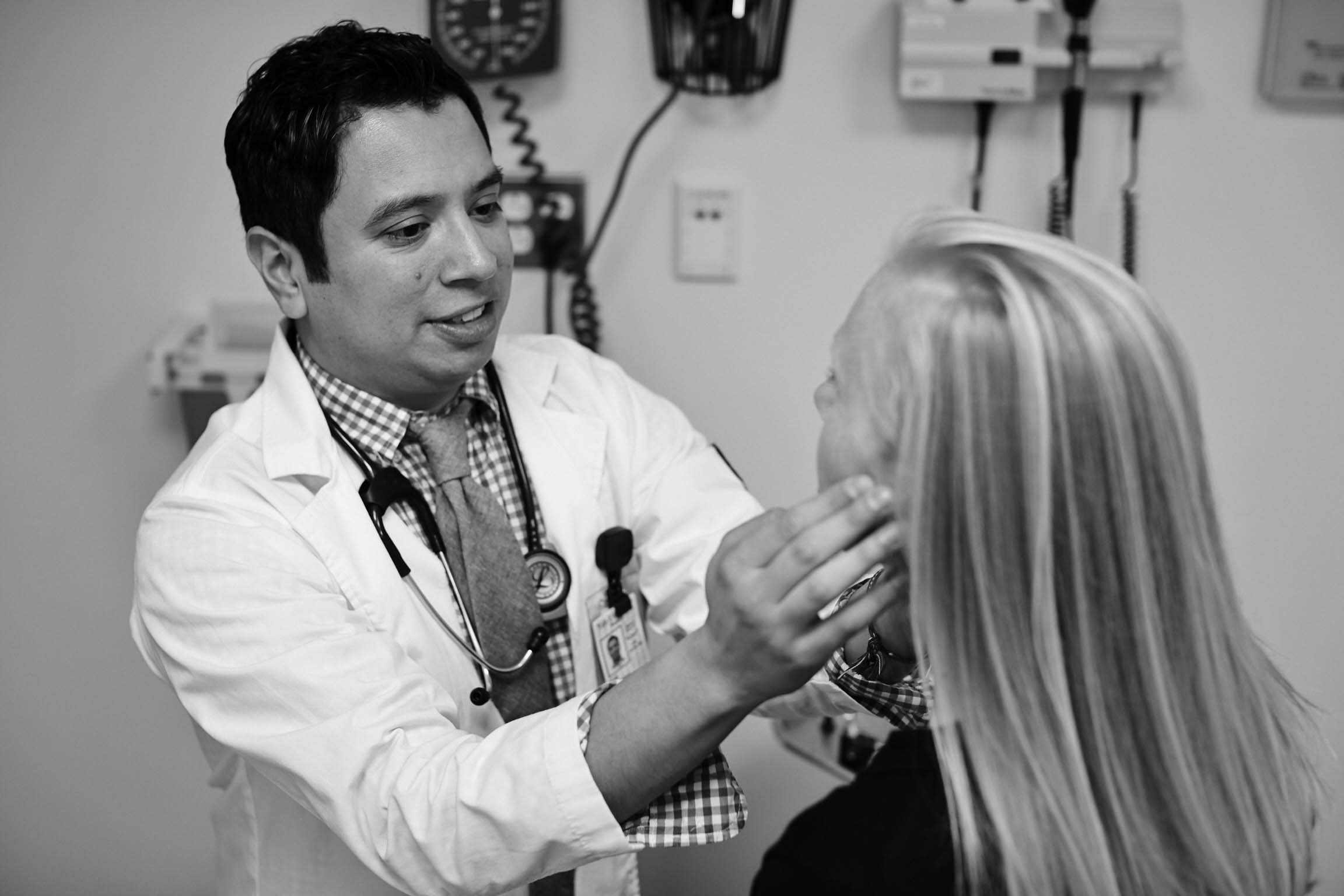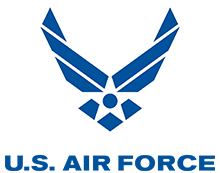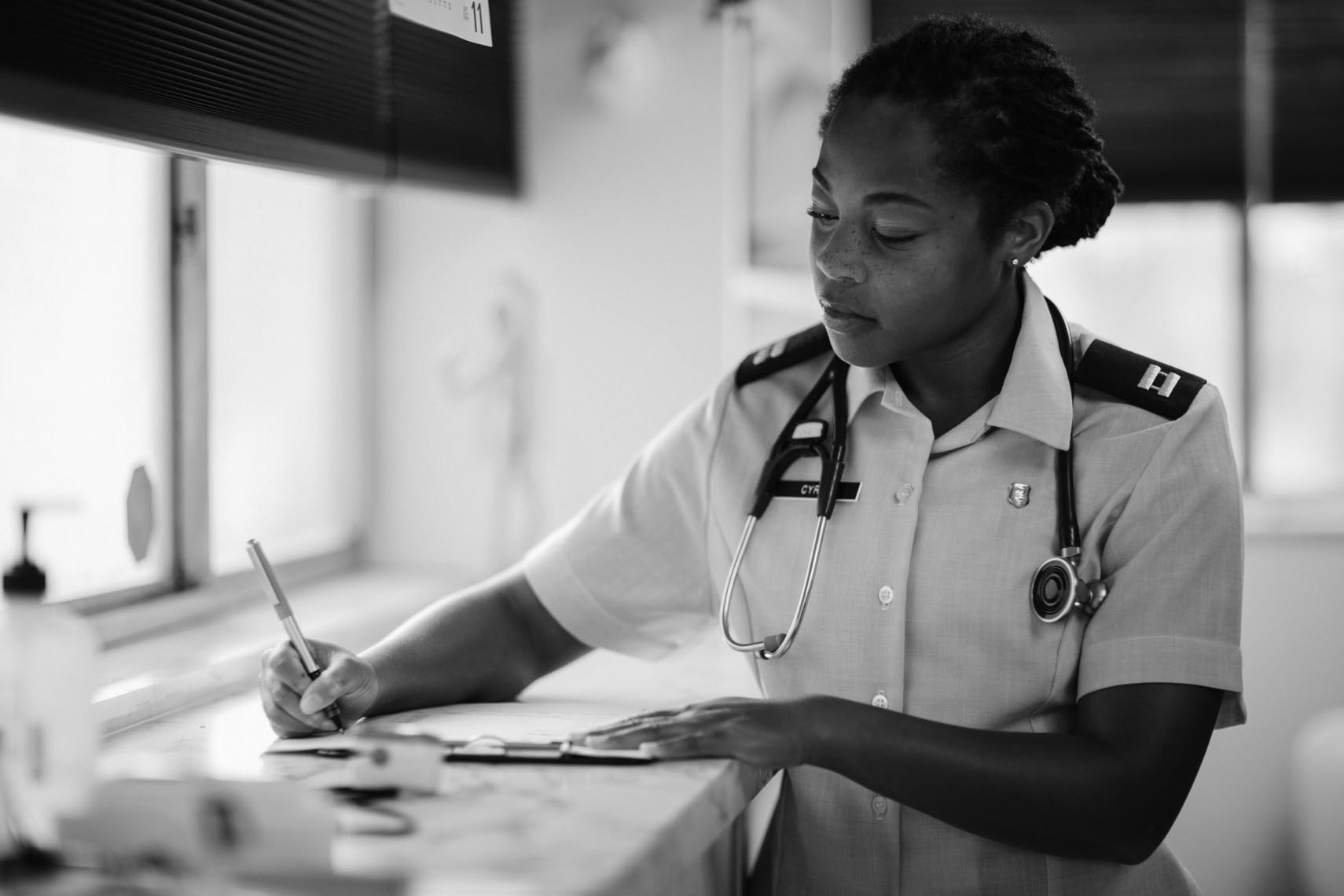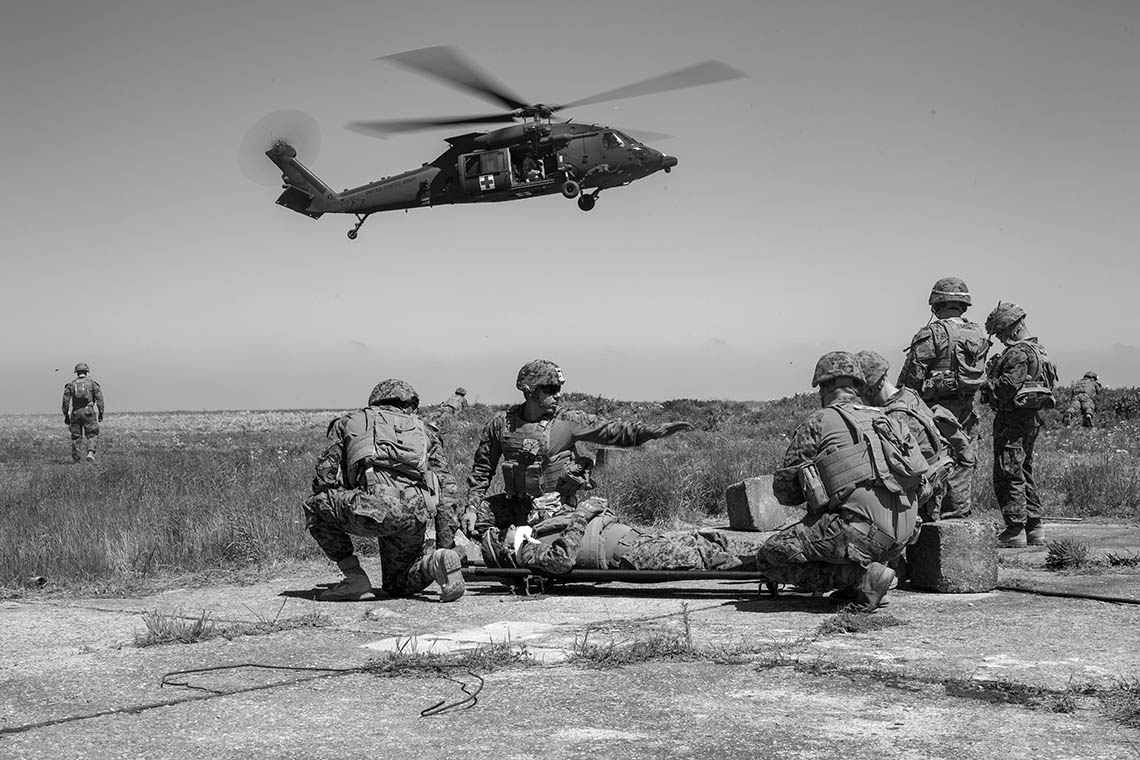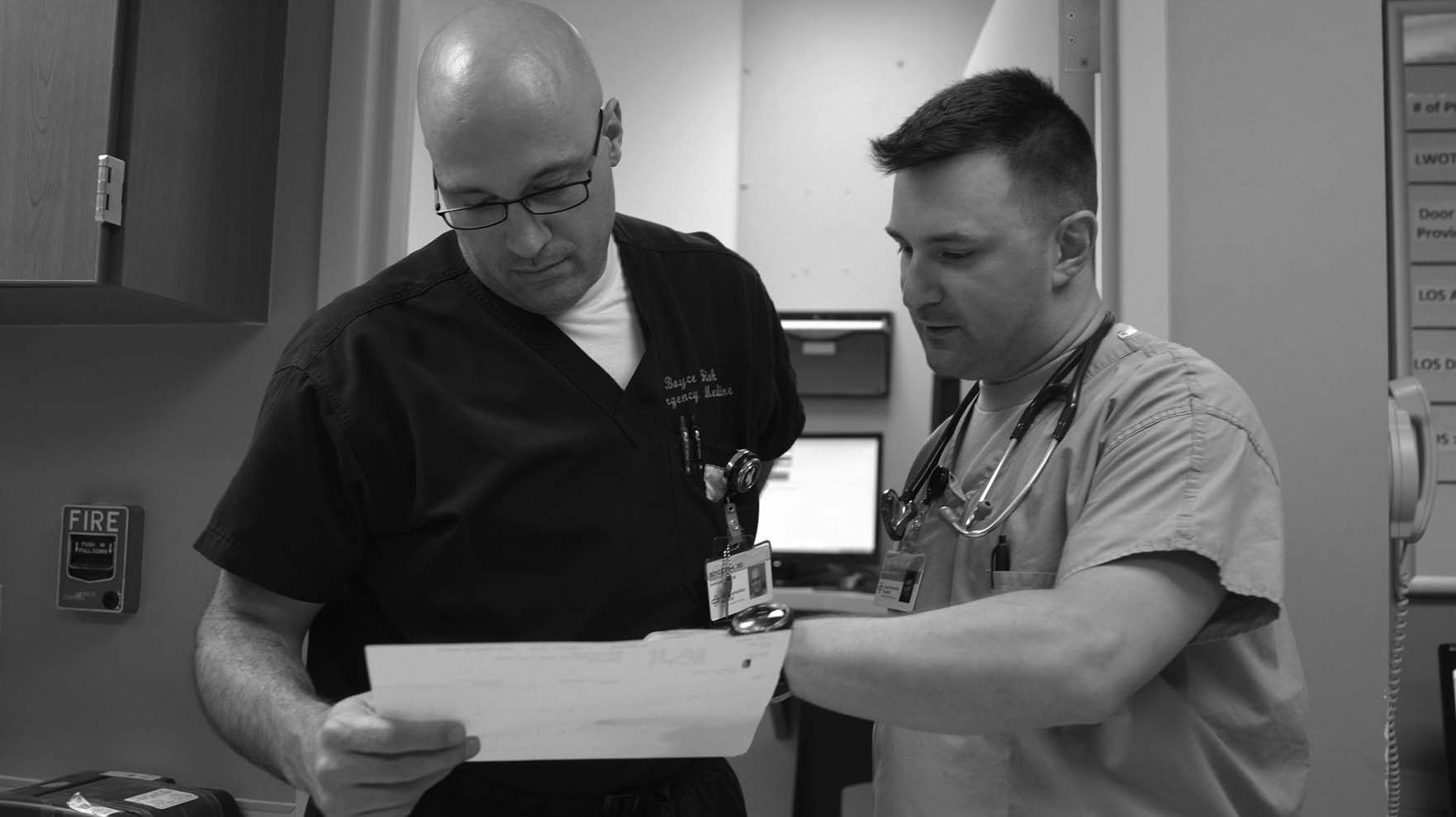- FAQs
- |
Army

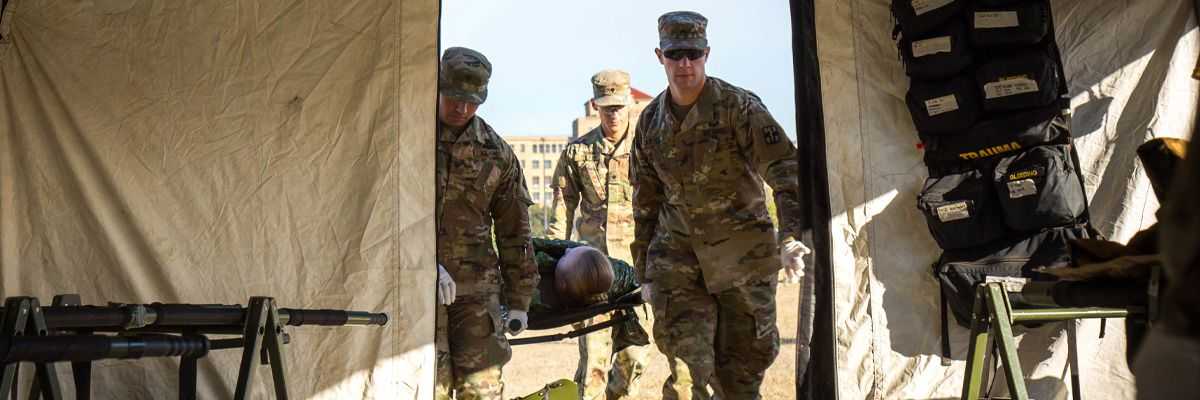
As a physician in the U.S. Army, you’ll be given the opportunity to work with elite medical professional teams throughout the world. With over 40 areas of concentration, Army doctors have a very high first-choice match rate for their chosen specialties.
Whether you choose a full-time, active-duty commitment or serve in the U.S. Army Reserve or National Guard while maintaining your civilian practice, you’ll enter as a commissioned officer. This is a leadership position that offers the chance to lead at an earlier point in your career than you might expect in the civilian world.
Army Medicine Career Opportunities
Hear from service members the pride they feel in being part of the Army medical corps.
Army Medicine Career Opportunities
Hear from service members the pride they feel in being part of the Army medical corps.
DINGLE: I have witnessed firsthand the exceptional performance of duty of our soldiers and our civilians. Your skills your willingness to adapt and your dedication to duty is what makes Army medicine a premier expeditionary healthcare system. Throughout our Army system Army medicine has been at the forefront providing comfort and care when and wherever our nation has needs. When I see the army medical command pass I'm reminded of the sacrifice and mercy it represents. I wear this patch with pride because of the men and the women whose selfless service concerns the fighting strength of our Army. Today our people are serving on the front lines of the fight against COVID 19 while at the same time caring for our wounded ill and injured. They are serving on the battlefields in hospitals clinics in the labs and behind the scenes they ensure the health and safety of our force and our nation. I am Army medicine. Army medicine is army strong.
Day in the Life
Follow Hunter Winegarner, M.D. as he takes us through a typical day in the life of an Army doctor.

Hunter Winegarner, M.D.
Special Forces Battalion Surgeon, Army
Common Combat Injuries
Hunter explains common injuries received during conflict and why it's important that all soldiers learn basic medical skills.
WINEGARNER: The common wounds that we really want to train hard are the ones that are — that we've identified as being causes of death that are preventable. So there's been some landmark studies out of Iraq and Afghanistan that have looked at what people die of on the battlefield, and the big things that we've identified that guys can basically intervene on and make a difference on are the massive hemorrhage, and so putting tourniquets on and stopping the bleeding as fast as we can is the biggest thing. And then we've also developed even more to get at more of the junctional wounds, which would be kind of up here in the armpits or down here in the groin area. Those parts of the body are really hard to put a tourniquet on, and you can't necessarily stop the bleeding with that, but we’ve developed special gauzes and even some clamps that we can use in the field to stop those bleeding sites. And so, so massive hemorrhage is always something that we're always going to train when we do this TC3 training. And then the pneumothorax, which we also simulated outside, that's another thing that's been identified as potential intervention that guys can do in the field and will save a life, because with penetrating or blunt-chest trauma, there can be basically a ruptured lung and then air leaking into the chest that collapses the lung, and then can even compress on the heart and cause circulation problems. And so just by simply putting a needle in and decompressing that, we can release the tension that's inside the chest and get the blood pumping again.

